Peru has a rich history, culture, and natural beauty that sketch a travelers from around the world. During my trip, I discovered its vastness, with each region offering unique landscapes and ancient tales. I explored a small part of this amazing country, from the Andes mountains to the Amazon jungle.
Hiking the Inca trails and visiting markets helped me connect with both the past and present. Each landmark provided meaningful experiences for visitors. In this article I explain 18 Famous Landmarks in Peru, each offering adventure, inspiration, and a deeper appreciation for the country heritage and beauty.
The Captivating Historic Treasure Chest Of Peru
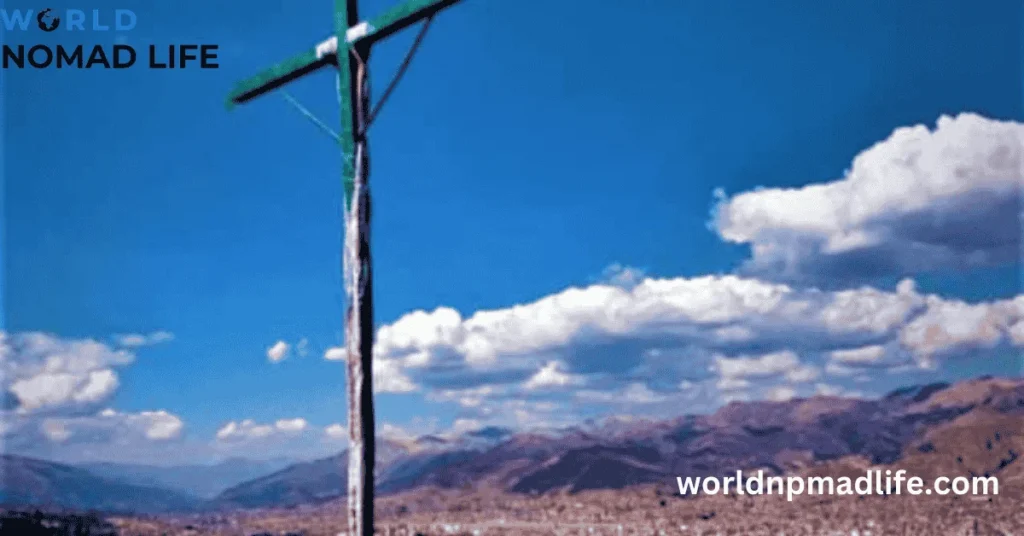
While the Northern Hemisphere has summer, Peru has a dry season from November to March. This time, especially in December and January, has a pleasant weather ideal for exploring. Peru beautiful landscapes are full of history, especially from the Incas.
Each hisrorical site and market tells stories of a rich culture surrounded by stunning mountains and valleys. Traveling through Peru allows adventurers to discover its historical treasures, making it a great place for anyone interested in its remarkable heritage.
1. Breathtaking Machu Picchu
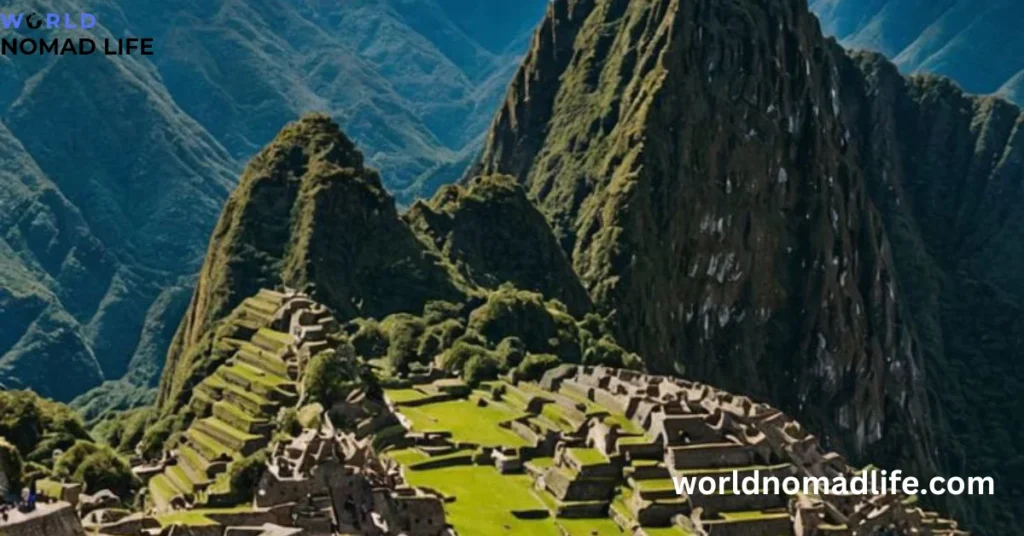
Standing among the ruins of an historic Incan city, I felt the history around me. The detailed stonework of Machu Picchu amazed me, each stone seemed to tell a story of creativity and strength. My hike on the Inca Trail in 2018 was more than just a physical challenge, it was a spiritual journey. Walking 26 miles over four days gave me time to think about the lives that flourished here long ago.
Arriving in Aguas Calientes, the small town below Machu Picchu, prepared me for an unforgettable experience. While trains like Inca Rail and Peru Rail are easy to take, hiking the trail felt like a deeper connection to nature and history. When dawn broke over Machu Picchu, the sunlight brightened the ruins, highlighting important structures like Intihuatana, a stone believed to have cosmic meaning.
This experience taught me that its not just about reaching a destination, its about the journey. Each step on that winding path is as memorable as seeing the stunning site itself.
2. The Sacred Valley of the Incas
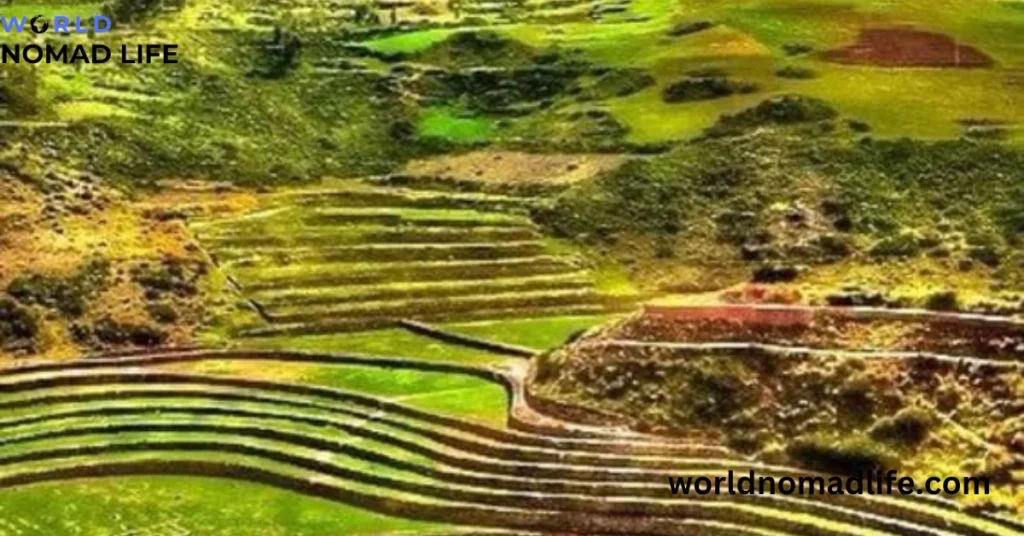
The Sacred Valley of the Incas is a beautiful area in the Andean highlands, filled with attracting views, rich culture, and important history. During my visit, I realized that to truly appreciate Peru, you must experience this valley charm. It stretches between the towns of Pisac and Ollantaytambo, showcasing Inca creativity and spirit.
Chinchero is a highlight of this region. It is famous for its colorful textiles made by local artisans, who use traditional weaving techniques passed down through generations. The town colonial church, built on ancient Inca foundations, shows how cultures blend over time.
You can reach the Sacred Valley by train or bus from Cusco through various tour companies. It is more than just a destination, it invites you to discover a story where every stone tells about the heart of the Inca Empire.
3. Choquequirao
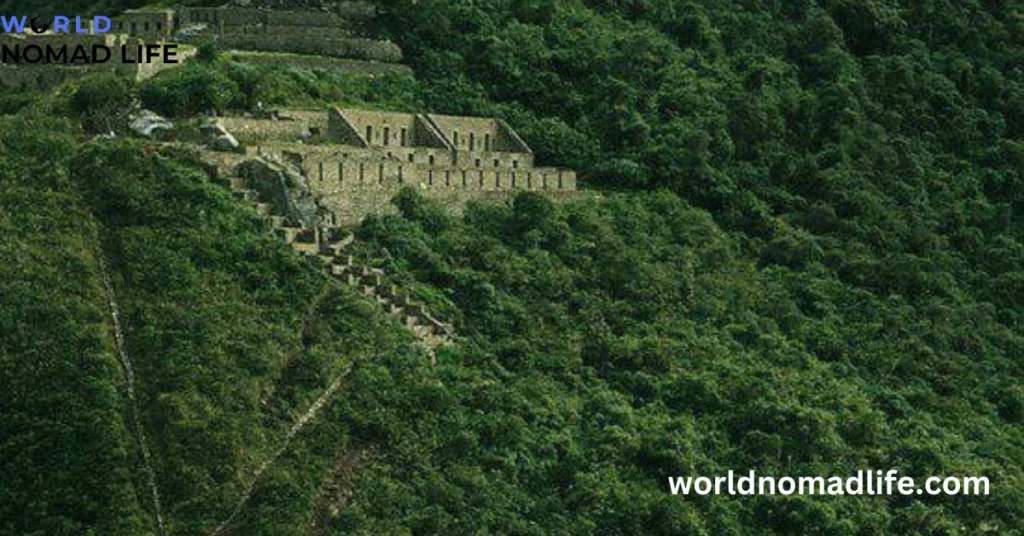
High in the Andes, Choquequirao invites adventurous travelers to discover its rich history and beautiful landscapes. Also called the other Machu Picchu, this historical site rewards those who are fit enough to take on its tough trek. The journey requires commitment, with trekkers walking 7-10 hours a day on steep mountain paths, leading to breathtaking views at every turn.
Unlike the more famous Machu Picchu, Choquequirao is less known and harder to access, offering a true escape into Incan civilization. As you walk through terraces, plazas, and buildings built in the 15th century, you will learn about the daily life and culture of the Incan people.
This quiet setting allows for deep reflection, with only nature sounds to accompany you. If you seek adventure and cultural exploration, Choquequirao could be your perfect trekking destination.
4. Rainbow Mountain
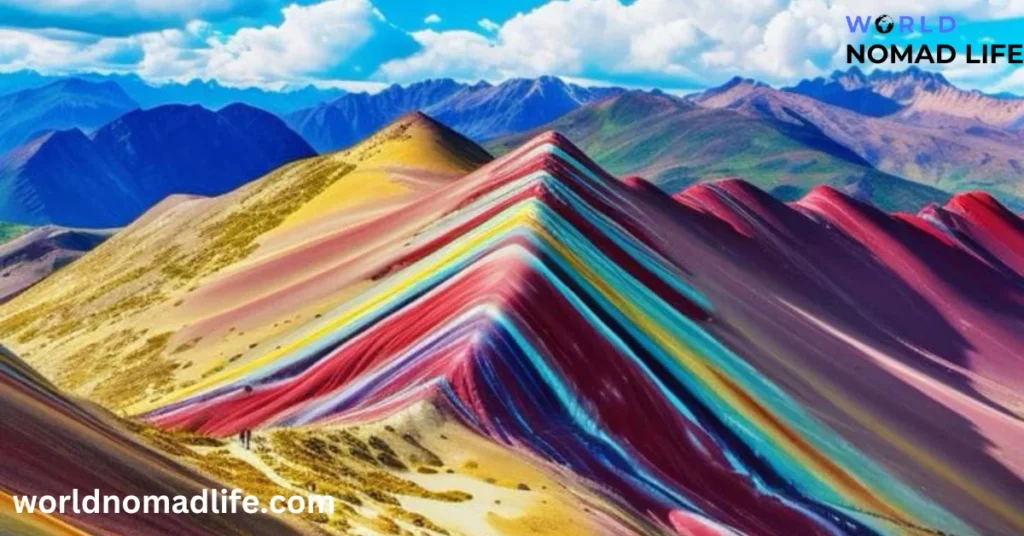
Rainbow Mountain, located in the Andes of Peru, attracts travelers with its bright colors and stunning views. As I began my hike, I saw high altitude landscapes filled with llamas and ancient terraced fields. This journey was more than just a beautiful sight. The attractive colors from mineral deposits tell a geological story that has taken millions of years to form. They reflect nature beauty and the rich tradition of Andean culture.
As we climbed higher, I felt my heart race from both the altitude and a deep connection to this sacred land. The mountain is important to the local Andean people, reminding them of their traditions and beliefs. With each step toward the colorful peak, I felt like an explorer discovering secrets, similar to those of the mysterious Nazca Lines below. This journey invites reflection on how nature inspires creativity and spirituality across generations.
Rainbow Mountain is not just a stop on your travels, it is an experience that combines adventure with personal growth, encouraging you to think about the wonders of our planet.
5. The Nazca Lines
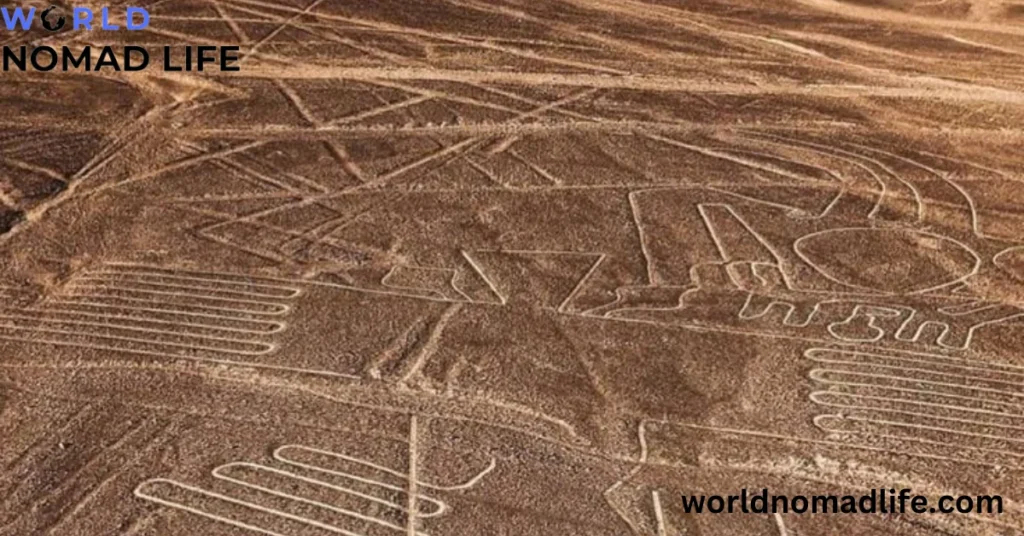
Traveling about 13 hours southwest of Cusco or 6 hours south of Lima takes you to the Nazca Lines in the Peruvian desert. These ancient designs, carved into the ground thousands of years ago, are best seen from the air. On the ground, their true beauty and size are hard to appreciate. Many visitors choose to take a scenic flight to see the amazing details of these large designs, which include animals, plants, and geometric shapes spread across the landscape near the Pacific seaboard.
Recent studies have shed new light on the Nazca Lines. They suggest that these lines were created with water in mind, highlighting how important this scarce resource was for ancient civilizations in a dry environment. This means the lines might have served as ceremonial paths or honoring tradition water gods instead of just markers on a map.
As you look down at these incredible structure during your flight, think about the secrets that remain from the ancient people who lived in this challenging land and respected nature most valuable resource.
6 .Chauchilla Cemetery
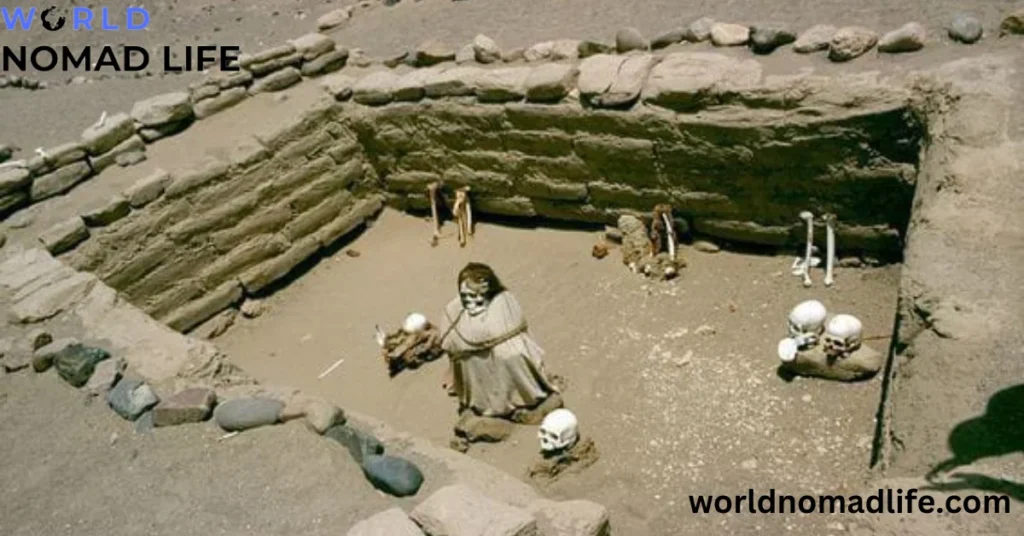
Chauchilla Cemetery is located in the Nazca Desert, near the famous Nazca Lines. It is a fascinating place that tells the story of ancient Peru. As you walk among the mummies, each one reveals secrets about complex and respectful burial practices. The dry weather has preserved these remains, offering a glance into the spiritual beliefs of societies that valued life, even in death.
At this site, you will see thousands of mummies and many artifacts that showcase the skill of their makers. Fine textiles and elaborate jewelry found with the remains show how ancient Peruvian cultures honored their dead with items that reflected their status and daily lives.
Exploring Chauchilla Cemetery allows you to experience a world where art and spirituality come together. This connection to history encourages us to think about how people have dealt with death throughout time and across different cultures.
7. Kuelap
High in the northern Andes, Ku lap stands as a remarkable example of the Chachapoyas people skill. They built this fortified city in the 6th century AD. Walking through its stone walls felt like stepping back in time. The views from the ruins show green forests and valleys, encouraging visitors to think about how civilization thrived in such beautiful surroundings.
Travelers can explore Ku lap freely, allowing for a stronger connection to the past as they guide the site, whether climbing rocky paths or walking through grassy terraces. A day trip from Chachapoyas becomes an adventure that reveals more than just architecture it shares stories of Perseverance and cultural pride.
As I walked among the crumbling structures that once held lively communities, I was amazed at how these ruins reflect ancient Peruvian life and their lasting impact today.
8. Ollantaytambo
Ollantaytambo is a historic town in the Sacred Valley that charms every visitor. Its beautiful streets and lively markets attract travelers eager to learn about its rich history and culture. The main attraction is the Temple of the Sun, an impressive structure that highlights the Incas advanced engineering. From the terraced hillsides, visitors enjoy attracting views while connecting with a civilization that flourished long ago.
Its offers more than just ruins. As you walk through streets lined with old adobe homes, you will meet friendly locals who are happy to share their traditions and crafts. Interacting with artisans who create beautiful textiles or cook traditional meals adds depth to your experience.
If you discover secret trails with breathtaking views or taste local dishes at family run restaurants, Ollantaytambo invites you to not just see history but to live it. Its a secret treasure for those looking for authentic travel experiences.
9. El Brujo
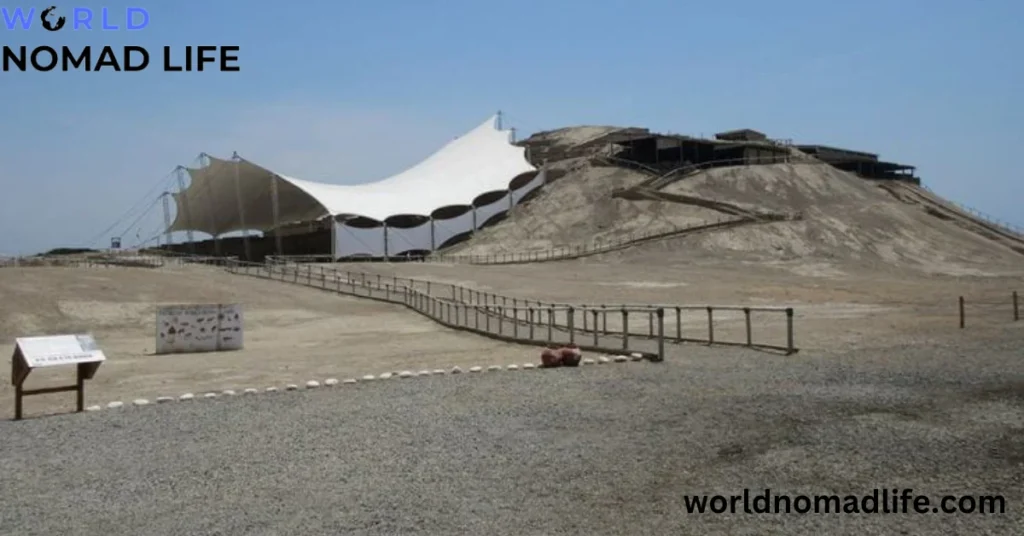
El Brujo is an interesting historical site in the northern coastal region of the country. It showcases the rich Moche culture and is named after a Shaman (Brujo in Spanish) buried there, highlighting its spiritual importance. The ruins, nearly two thousand years old, provide a rare look into the advanced society that once flourished here.
One of the main attractions at El Brujo is Huaca Cao Viejo, a tall truncated pyramid that stands 98 feet high. Its impressive design and colorful paintings attract both archaeologists and tourists, telling stories from the past.
Close by is Huaca Cortada, another significant structure that adds to the beauty of Huaca Cao Viejo. Together, these sites display remarkable architecture and offer important insights into Moche rituals and daily life, creating a meaningful experience for those wanting to connect with history.
10. Chan Chan
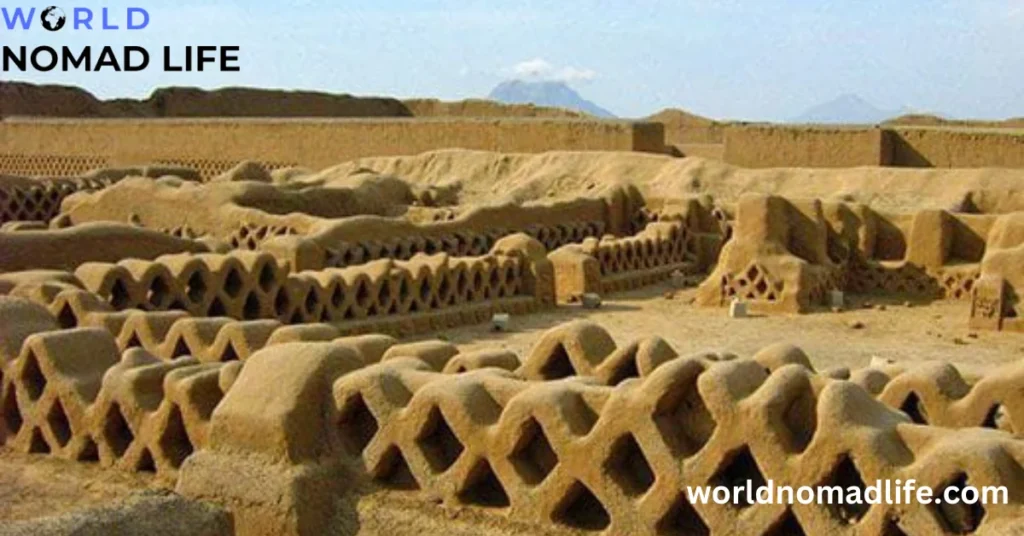
Walking through Chan Chan, the largest city in South America, feels like traveling back in time to the Chimu civilization. Covering over 20 square kilometers, this ancient city has a complex layout with channels and large buildings.
I was amazed as I explored nine grand walled palaces that once housed royalty and residents. The adobe walls, decorated with beautiful friezes of coastal life and figures, tell stories from long ago. The guided tours offer great insights into daily life during the Chimu culture.
Our guide shared stories about farming and trade, making me imagine the busy markets and lively community events of this thriving city. What impressed me most was how Chan Chan is not just an historical site but also a strong symbol of human creativity and adaptation in a tough seaside environment.
This engaging look into pre Columbian life sparked my curiosity about how such societies have influenced our modern world.
11. The Moche Temples
A visit to El Brujo helps you understand the Moche culture, showing how art, religion, and daily life were connected. As I walked through the ancient temples, the colorful murals of gods and mythical creatures took me back to a time when every detail mattered.
The size of the buildings is impressive, but the pottery and textiles really bring the Moche civilization to life. Each piece tells a story, reflecting past rituals and values through bright ceramics and woven fabrics.
What stood out to me was finding human remains in this historical context. They show Moche burial practices and a complex social structure that included sacrifices. Being near these remains reminded me of mortality and legacy their lives were honored even in death with elaborate offerings.
El Brujo is not just a site of ruins it is a powerful reminder of the class and artistry that still echoes today. By honoring their spirits, we connect across time and keep the Moche stories alive.
12. Islas Ballestas

Visiting the Islas Ballestas was a memorable part of my trip to Peru. This island, near Paracas, is full of life, from playful sea lions on the rocks to sea birds flying above. As our boat moved across the clear waters, I loved how each wave showed a new view of this wild place.
When we got closer to the islands, I admired the wild shore and the stunning views of the Pacific Ocean. The sounds of seabirds filled the air, mixing with the crashing waves. This marine haven is not just beautiful it also shows how nature can flourish in a fragile ecosystem.
After enjoying this beauty, I drove south to Huacachina, a peaceful oasis among the sand dunes, adding another amazing experience to my journey through Peru diverse landscapes.
13. Huacachina
Huacachina, a small town in Peru, is a peaceful place to relax after traveling. My time there was magical. I enjoyed the calm waters of a lagoon surrounded by tall sand dunes. Each sunset filled the sky with beautiful colors that reflected on the water, making it feel like time stood still. This was a perfect break for my adventurous side.
But Huacachina is not just for relaxation, its also great for thrill seekers. Riding a buggy or sandboarding down the steep dunes was an exciting experience. Each ride felt like flying through golden waves, with laughter in the wind. This mix of calm and excitement makes Huacachina special. You can enjoy quiet moments while also having thrilling adventures in the beautiful desert.
14. San Francisco Convent
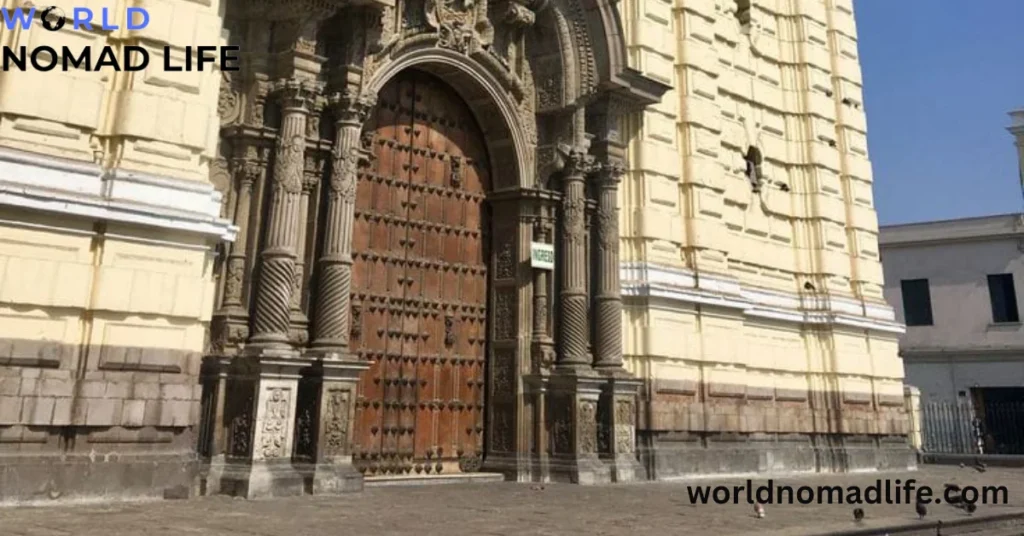
Visiting the San Francisco Convent in Lima, Peru, feels like stepping into history. Built in the 16th century, it is one of the best examples of Spanish Baroque architecture in the country. As I stroll through its beautiful cloisters with intricate 17th century tiles, I was captivated by the stories of devotion and artistry they held.
To truly appreciate this historical site, a guided tour is essential it reveals secrets that solo visitors might miss. The cool, dark catacombs beneath the convent connect the past to the present. Walking among these ancient burial sites deepens your understanding of Peru colonial history and encorages respect for those who came before us.
Sharing this journey with other travelers created a sense of camaraderie as we absorbed the significance of every corner of this sanctuary, making my experience unforgettable.
15. Qorikancha
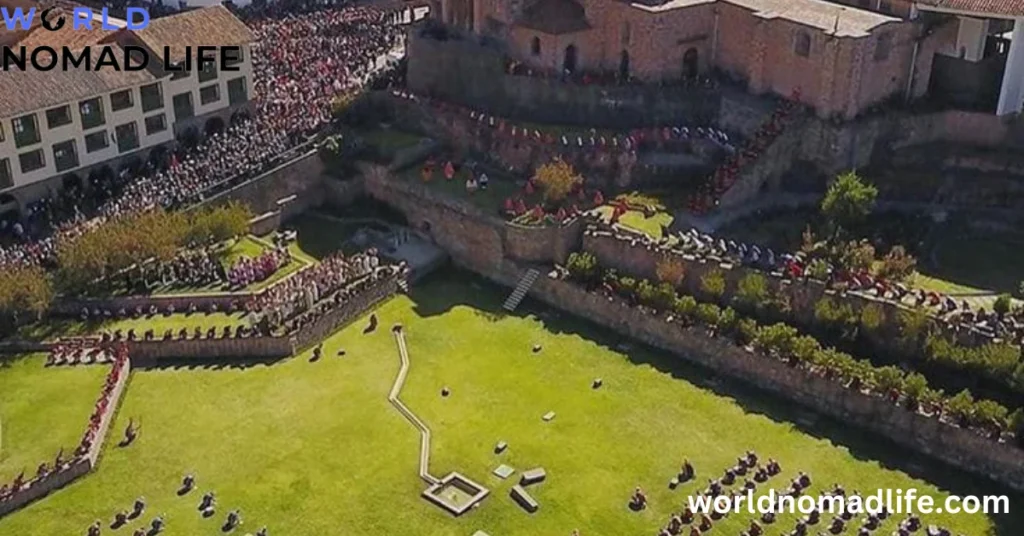
Qorikancha is in the center of Cusco and shows the mix of Inca and Spanish colonial styles. Walking through its halls was enchanting. Once called the Temple of the Sun, it honored Inti and holds both history and a special energy from ancient rituals. The finely cut stones highlight the Incas architectural skill, while the baroque altars and paintings show the blend of colonial and local traditions.
I was especially struck by the original temple remains among later buildings, with each layer telling a different story. Sunlight reflecting off golden surfaces made it feel like stepping into a living tapestry where the past and present meet.
As I walked through, I thought about cultural resilience despite many changes over the centuries, Qorikancha remains an important spiritual center for both indigenous people and modern visitors. This incredible site reminds us to see history as an ongoing conversation between cultures.
16. Cocachimba Waterfall
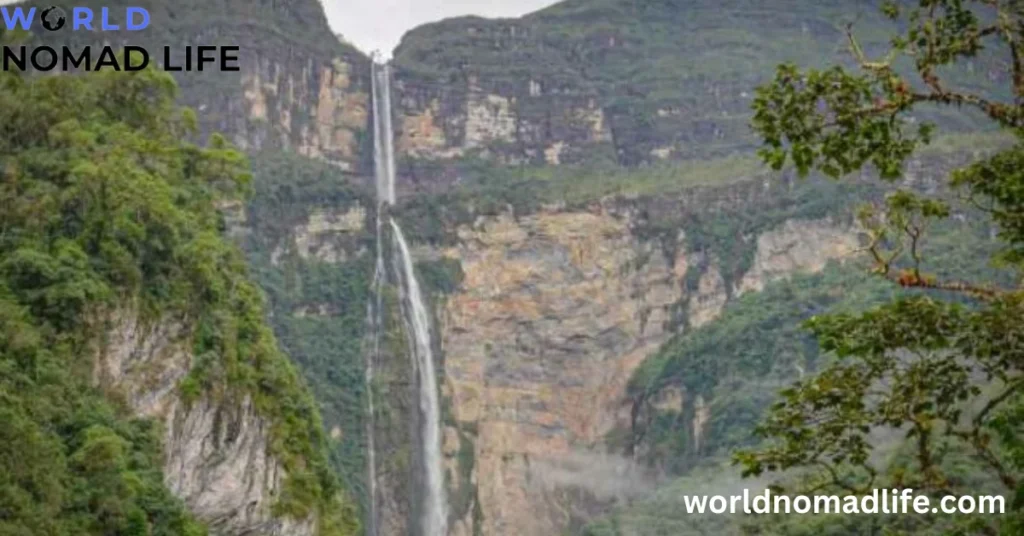
Cocachimba Waterfall, located in northern Peru, impresses with its stunning 771 meter drop, making it one of the tallest waterfalls in the world. My visit felt magical as I walked along the winding trail from the small town of Gocta. The deeper I went into this green area, the more I heard the sounds of nature, leaves rustling and birds chirping created a beautiful background that matched the roaring water.
When I reached Cocachimba, I was amazed by the sight of water cascading down steep cliffs, surrounded by attracting greens and browns. The mist rising from the falls created rainbows in the air. Standing there, I reflected on how such natural wonders remind us to appreciate the beauty of our planet.
For travelers looking for adventure and peace, Cocachimba offers an unforgettable experience with nature’s power and beauty.
17. Laguna 69
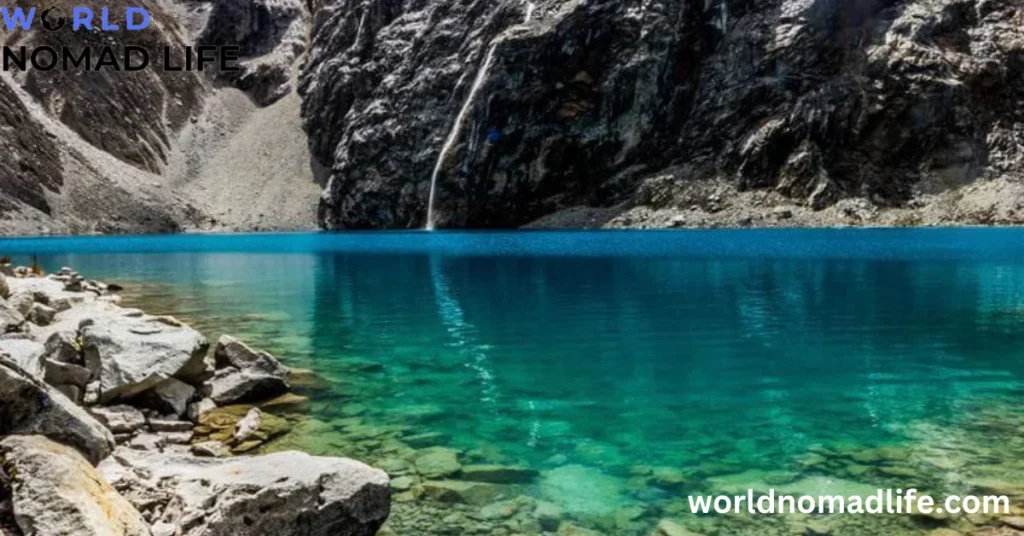
Laguna 69, located in Huascaran National Park, showcases Peru’s natural beauty. My visit to this alpine lake was life changing. As I hiked along green trails surrounded by tall, snow capped mountains, I discovered new colors and textures in the landscape. The blue waters of Laguna 69 sparkled in the Andean sun, looking like jewels against the rugged mountains, inspiring both reflection and wonder.
My experience was enriched by encounters with local wildlife. I spotted Andean geese near the meadows, which added to the charm of the area. I also had the thrill of seeing a rare Andean spectacled bear. Above me, majestic Andean condors glided effortlessly on thermal updrafts, representing the wild spirit of this region.
Being in nature here is more than just watching, it invites a deep connection with ecosystem. It reminds us that places like Laguna 69 are treasures we must protect for future generations.
18. Miraflores Malecon
The Miraflores Malecon in Lima overlooks the Pacific Ocean and is a beautiful walkway that combines nature and city life. During my visit, I was amazed by the steep cliffs and wide ocean views. The salty breeze and the sound of waves made the busy city feel calm. As I walked along the clean paths, I saw street performers entertaining crowds, while locals and tourists enjoyed ice cream from nearby seller.
I was surprised by how lively the area felt at different times of the day. In the mornings, joggers and yoga fans found peace on the grassy hills. At sunset, the malecon became a colorful scene with silhouettes dancing on the turquoise water, creating unforgettable memories. This beautiful walkway passes through parks filled with greenery, where adventurous paragliders soared above, offering a thrilling view of the coast.
I was tasting local food from stalls or watching surfers ride the waves, every moment on the Miraflores Malecon deepened my appreciation for Lima unique charm.\
FAQ
What Is The Most Famous Spot In Peru?
Machu picchu is the most famous spot in peru.
What Is Peru Most Famous For?
Peru is in the Andes and next to the Pacific Ocean. It has a rich culture and beautiful nature. Key attractions include the ruins of Machu Picchu and its lively food scene. The country features ancient civilizations and various landscapes, such as deserts and rainforests.

